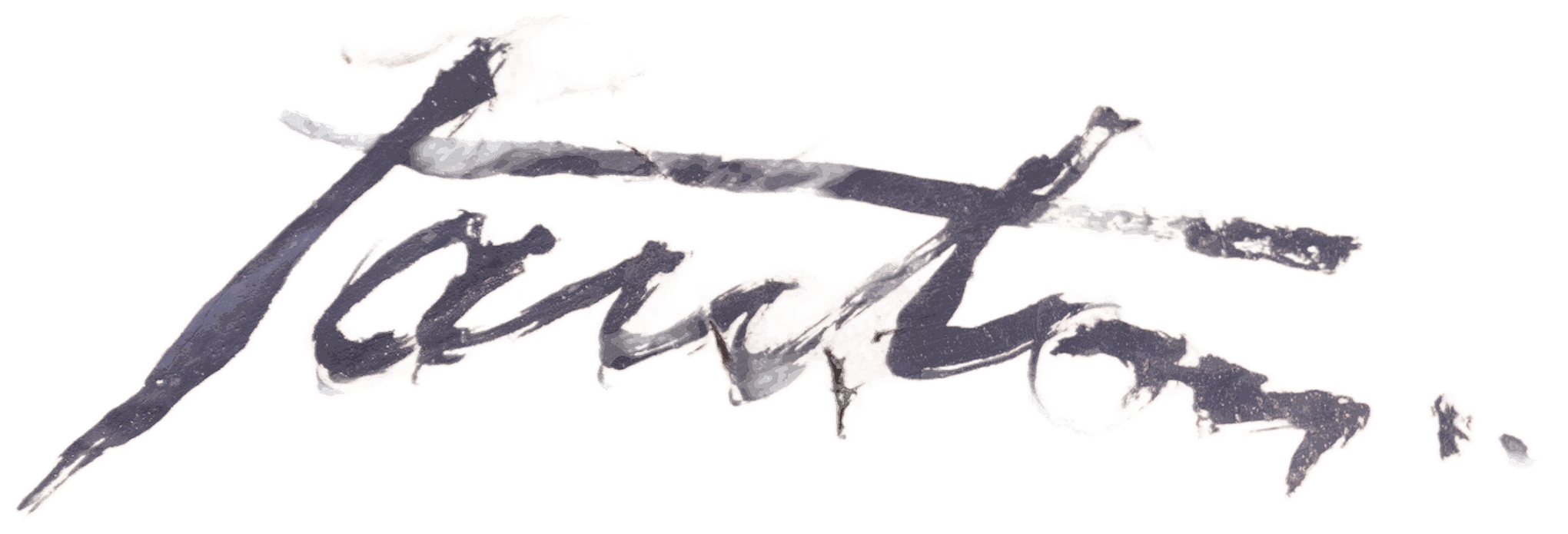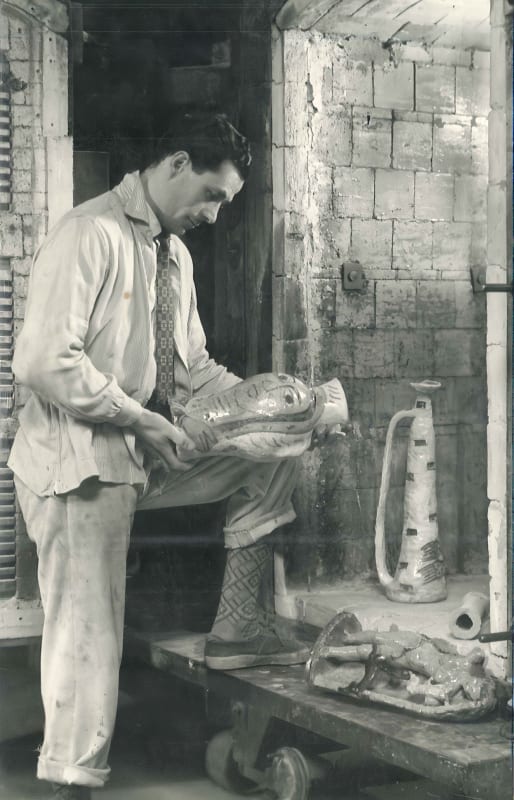Marcello Fantoni (1915–2011) stands as one of the great innovators of Italian ceramics in the twentieth century, a Tuscan maestro whose prolific output redefined the balance between utility, craft, and high art. Trained at the Istituto d’Arte di Porta Romana in Florence under Carlo Guerrini, Libero Andreotti, Bruno Innocenti, and Gianni Vagnetti, he absorbed both the discipline of applied design and the ambition of modern sculpture. By 1936 he had founded the Manifattura Ceramiche Fantoni, modeled on the Renaissance bottega, producing both series wares and unique sculptural works. His early successes, at the Florence Arts and Crafts Exhibition (1937) and the 7th Milan Triennale (1940) announced a voice already capable of uniting tradition and the avant-garde, Etruscan stylisation and Futurist dynamism.
The war years interrupted this ascent but also gave Fantoni his moral gravitas. During the German occupation he actively joined the Tuscan Resistance, transforming his Florentine studio into a weapons depot, a shelter for escaped prisoners, and a meeting place for the Committee of National Liberation. He himself commanded partisan units, and this experience of struggle and defiance marked his postwar art with a profound intensity. When peace returned, he relaunched his workshop with the energy of a true maestro: by 1947 more than fifty artisans worked under his direction, and his bottega became a crucible where tradition, invention, and transmission converged. Fantoni’s vases and sculptures of the late 1940s and 50s - L’Inferno (1946), The Prisoners (1950s) transformed clay into tormented forms that oscillated between figuration and abstraction, announcing a new, expressive language of matter.
The decades that followed established Fantoni as a central voice in Italian and international modernism. His Large Vase in Blue and Red won the Marshaw Award at the Syracuse Museum of Fine Arts in 1959; the following year he received the Gold Medal of the President of the Italian Republic, and in 1961 he was honored at the National Exhibition in Gubbio. From the Milan Triennales (1951, 1957) to the Premier Festival International de la Céramique, Cannes (1955), from the International Exhibition of Contemporary Ceramic Art, Tokyo (1964) to the Biennale Internationale de la Céramique d’Art, Vallauris (1969–72), Fantoni’s works circulated with growing acclaim. Monumental commissions confirmed his stature: the vast ceramic panel for the Church of San Domenico in Cagliari, large-scale decorations for the ocean liner Michelangelo (1965), and abstract-symbolic sculptures for the Autostrada del Sole headquarters in Florence.
In 1970 Fantoni founded the International School of Ceramic Arts in Florence, extending his bottega model to an international community of students and artists. By then his works had entered the world’s leading museums—the Metropolitan Museum of Art and Brooklyn Museum, the Museum of Fine Arts, Boston, the Victoria & Albert Museum, the Royal Scottish Museum, the Museo Nazionale del Bargello, and the Museo Internazionale della Ceramica di Faenza. Master of clay, bronze, copper, and stone, Fantoni united artisanal mastery with poetic invention, bridging ancient archetypes and modern experimentation. Today he is remembered as a restless innovator, a sculptor of international stature who transformed Italy’s ancient ceramic tradition into a universal language of form, color, and spirit.

